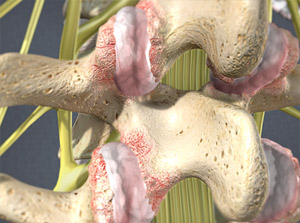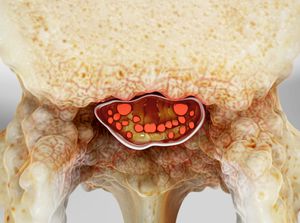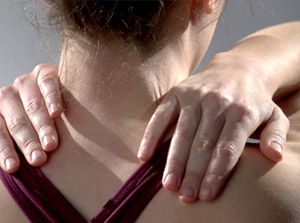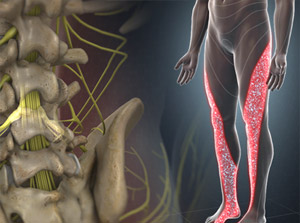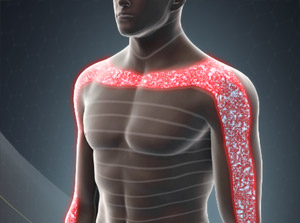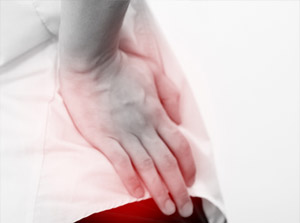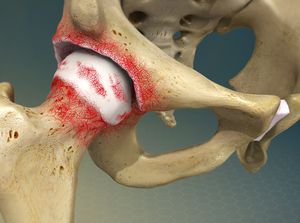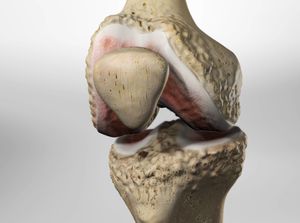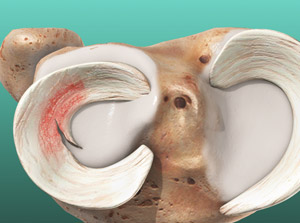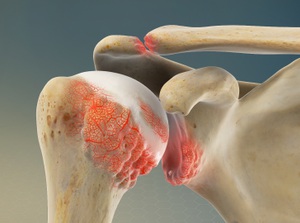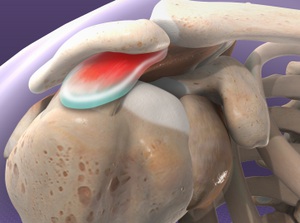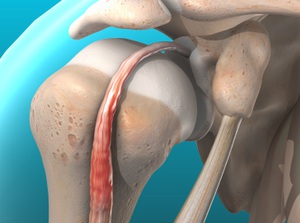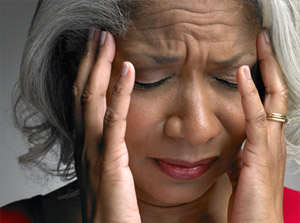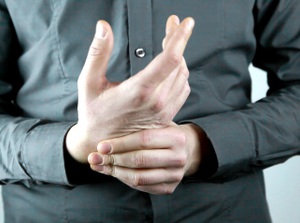Chronic pain can be a very difficult and debilitating condition that can significantly affect a person’s life. That is why at PRIME Pain Institute we are dedicated to relieve your pain andrestore your quality of life.
The first step is to identify sources of pain and directly address them rather than manage pain as a symptom. Through many years of experience and continued search for the best available treatment options, we have created a unique approach that incorporates cutting edge westerntechnologies and innovative, alternative medicine solutions.
Our Vision
PRIME Pain Medicine Institute was founded by Victor Li, MD who blended his expertise in interventional pain medicine learned at University of Pennsylvania with alternative pain medicine solutions of acupuncture, low intensity laser therapy, deep myofascial therapy called PUSH therapy, and other unique treatment methods.
Our Approach
Our approach was developed by Dr. Victor Li, a Board Certified Pain Medicine specialist, based on the unique blend of cutting-edge modern western medicine interventions and ancient eastern medicine and other alternative medicine techniques. This is the place where the West meets the East in attempt to heal and alleviate pain and to improve life quality.
Our Goal
Our Goal is to address pain by eliminating its source rather than masking pain with pain pills. Actually, one of the main goals of treatments along with diminishing pain is decreasing or completely eliminating intake of pain medications. Dr. Li and his team welcome you to our Institute where thousands of patients were helped to cure or greatly diminish their pain.
Interested in setting up an appointment please contact us
Our Team
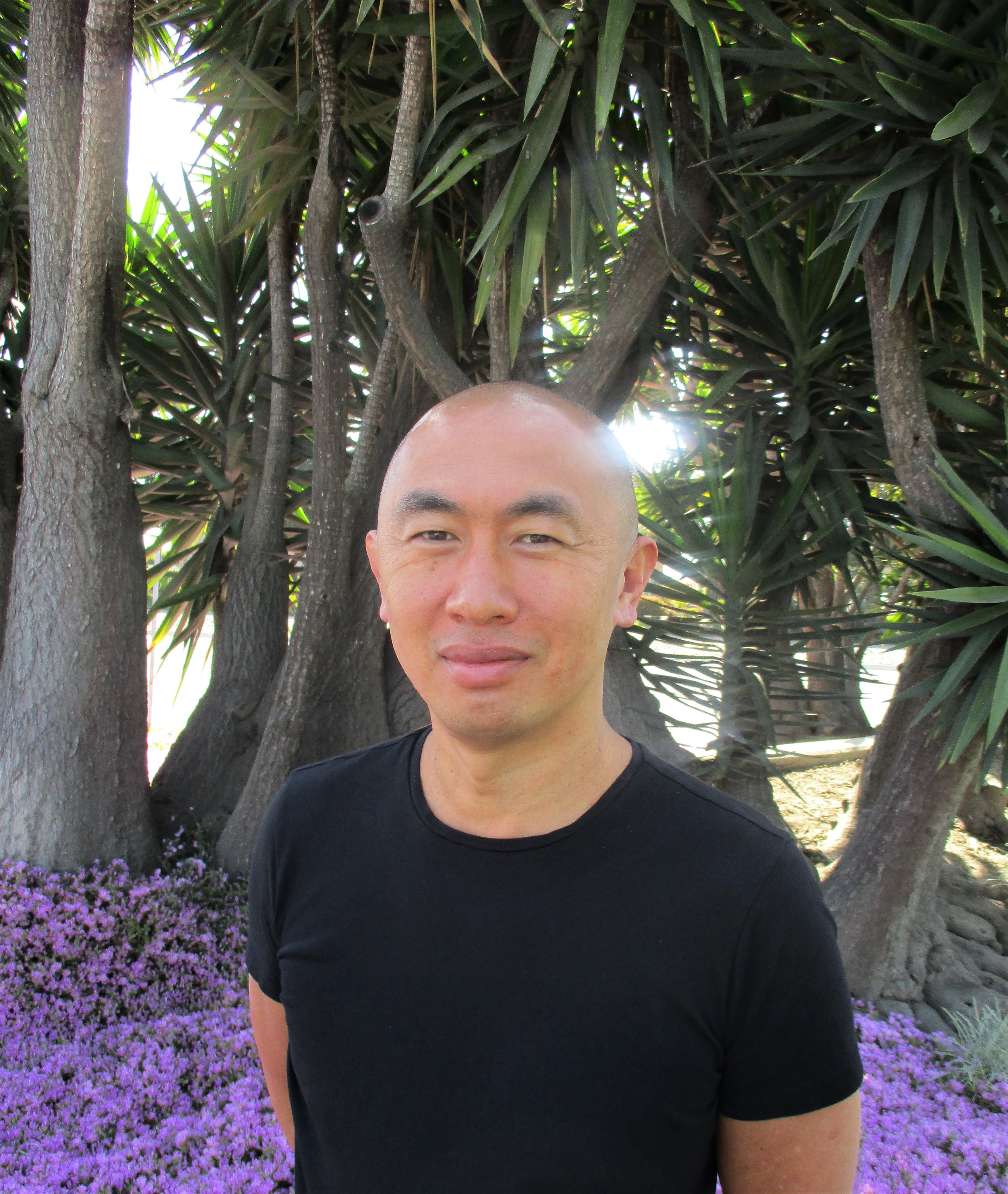
Victor Li
MD, Physician
Dr. Victor Li has been practicing Pain Medicine since 2002 after completion of the Pain Medicine fellowship at the University of Pennsylvania and residency in Anesthesiology at Temple University Hospital. He has founded P.R.I.M.E. Pain Medicine Institute in 2005 and throughout his carrier developed a unique approach blending cutting modern and alternative treatment options.
Dr. Li has an interest in various aspects of pain medicine including interventional modalities, low-level laser therapy, medical hypnosis, acupuncture, exercises, nutrition, and life style modification. In addition to medical degree, Dr. Li holds degrees in Intellectual Property Law and Business Administration.
In his free time, he enjoys spending time with his family, traveling, practicing martial arts, and working on various projects related to healthcare.
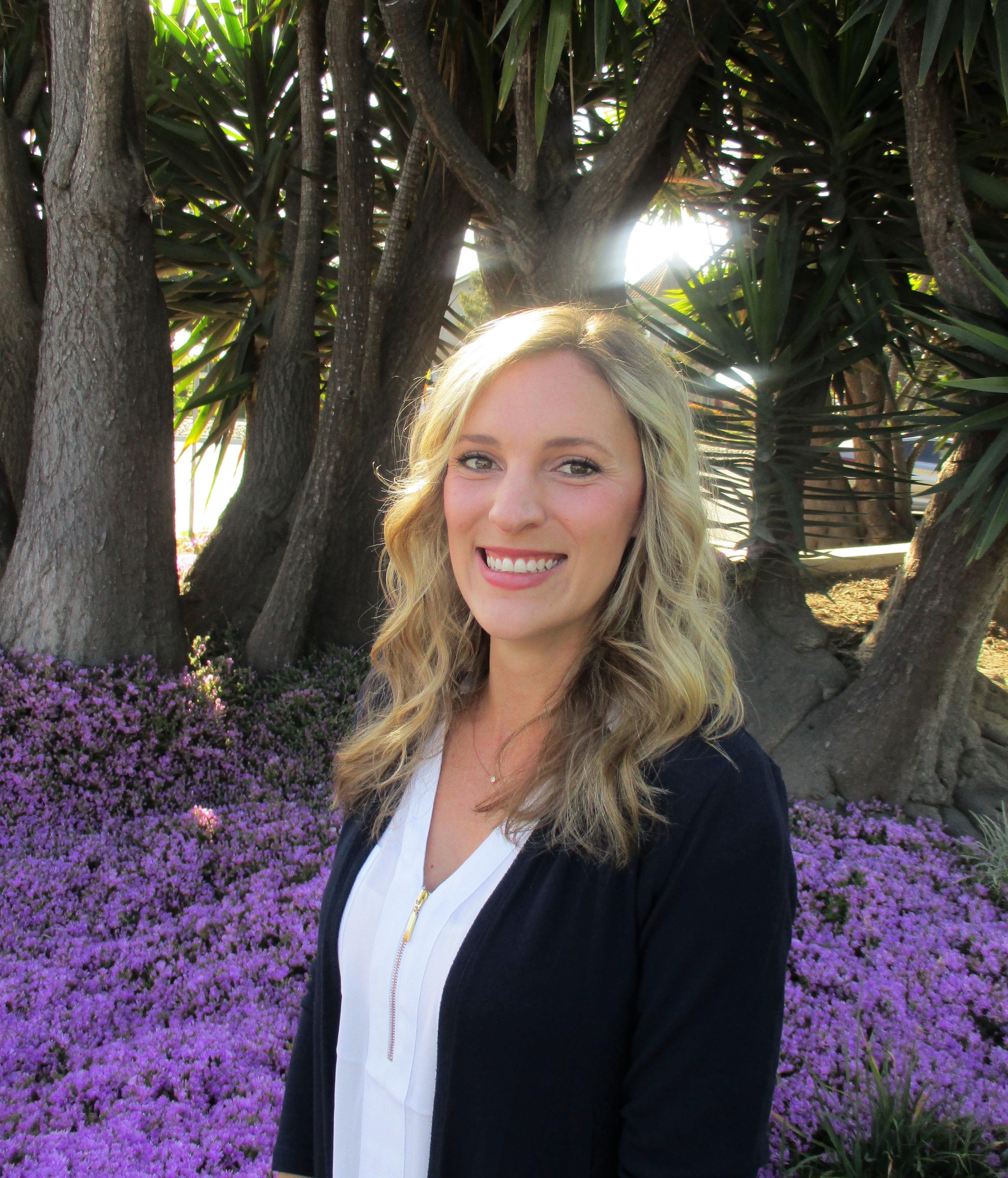
Amanda Devencenzi
Physician Assistant
Amanda is a California state, and NCCPA certified Physician Assistant (PA-C). Being a part of a team of providers that have such a positive effect on each patients' rehabilitation process drives her inspiration. She earned a Bachelor's degree from the University of Nevada, Reno, and went on to graduate from MCPHS University in Boston with a Master's degree in Physician Assistant studies. Her training included rotations in psychiatry, orthopedics surgery, general surgery, weight management, women's health, emergency medicine, urgent care, and internal medicine. Her background includes working as an EMT in an Emergency Department, a medical mission trip in Nicaragua through FNE, and volunteer work for the American Cancer Society. With a history of competitive alpine skiing, she developed a lifelong love for the outdoors and mountains, including camping and hiking. She also enjoys cooking, yoga, and taking care of her two rescue dogs. She welcomes recommendations for local outdoor activities, recipes, and photos of adorable pets!
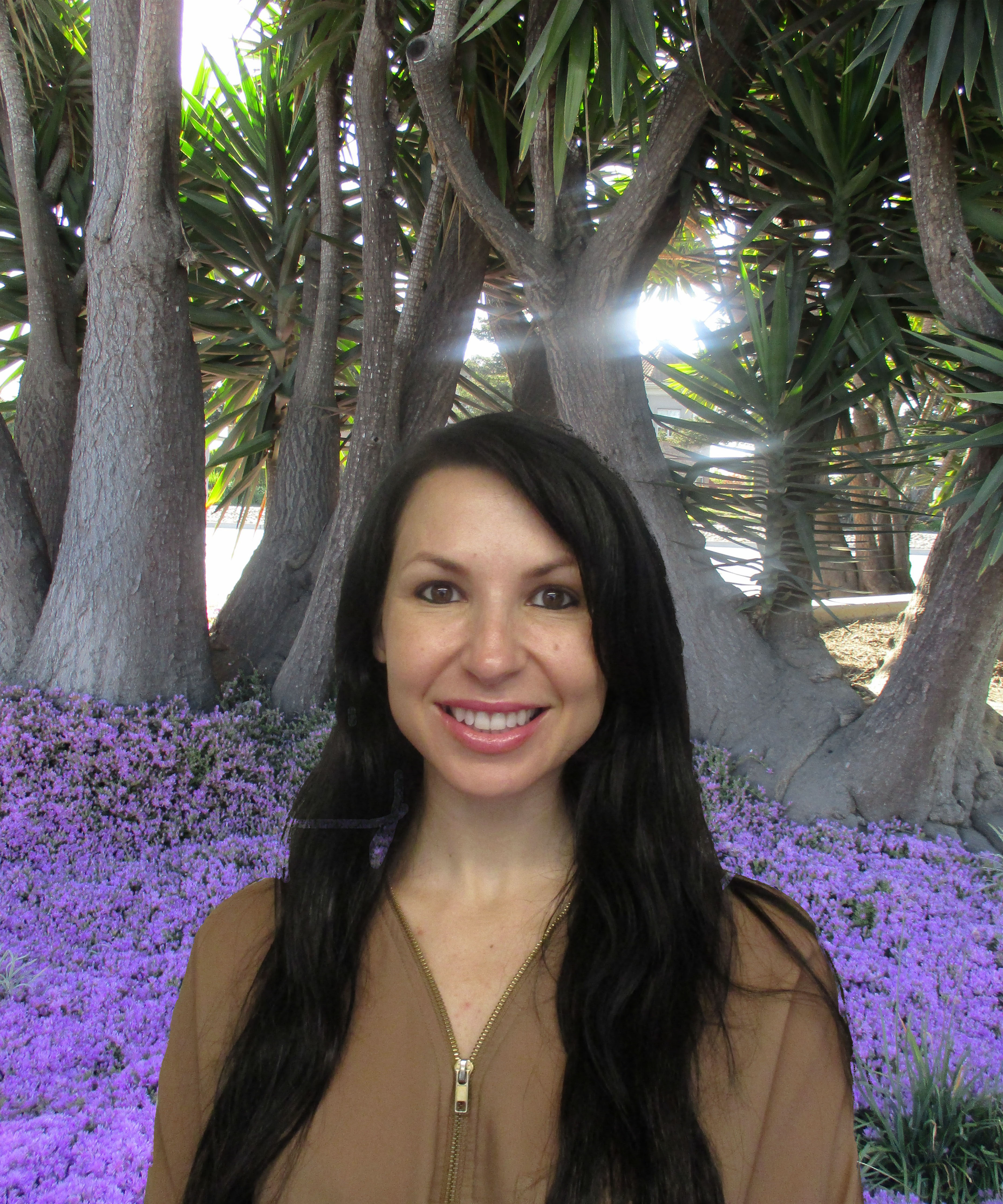
Chiara Castelli
Physician Assistant
Chiara Castelli is a Physician Assistant. She is a Santa Cruz/San Jose native and graduated from Stanford University with her Master's in Medical Science and Physician Assistant studies in 2015. She also obtained her Master's in Health Science in 2015 and completed her Bachelor's in Psychology in 2011 graduating Magna Cum Laude. She has been working on obtaining her PhD in Medical Science through Rocky Mountain University for Health Professionals. She enjoys spending time with her two teenage daughters, and their Dachshund, Pee Wee. In her free time she enjoys going to the beach, lifting weights, hiking and bicycling.
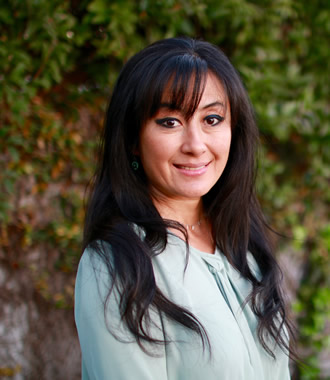
Ingrid Chegai
Myofascial Therapist
Ingrid Chegai is a certified PUSH therapist and a member of the Associated Bodywork & Massage Professionals (ABMP). Ingrid received her certification in PUSH therapy from its developer, Michael Takatsuno. Takatsuno, who practices in Mountain View, California, is the founder of PUSH therapy, PUSH trainingssm, and director of the PUSH therapy center. His extensive background in human anatomy, bodywork, and tai chi has allowed him to develop and practice this form of muscle therapy over the last 13 years.
Ingrid’s mission is to empower her clients through transformative bodywork and compassionate care. She creates a caring, nurturing, and aesthetically pleasing environment that lends itself to clients’ relaxation and heightened awareness of their physical, mental and spiritual conditions.
Interested in setting up an appointment please contact us
Conditions Treated
Our goal is to address your pain and get you back to an active life!
Pain Diagnosis
Properly diagnosing the source of your pain is key to any lasting pain treatment.
Pain Relief
We offer many different treatments depending on your needs and underlying causes of your pain.
Active Lifestyle
Once your pain is better controlled, a physical therapy and exercise program will likely be started to help increase your activity levels.
Any spinal pain can be multifactorial in nature and may be caused by problems in multiple anatomical structures. The goal of treatment is to accurately diagnose and treat each single problem starting from the most significant issues.
First question one want to ask whether pain is worse in the lower extremities or in the lumbar spine itself. Typically, pain that radiates from the lumbar spine to the lower extremities may be caused by nerve compression caused by herniated discs. This type of pain is often worse with the forward flexion of the lumbar spine. The other cause of pain radiating down to the lower extremities could be a narrowing of the small pathways where the nerves travel called foramina. Both structural abnormalities can be confirmed by MRI of the lumbar spine and may be treated with the series of the lumbar epidural steroid injections.
Lower back pain that is not associated with radiation to the lower extremities called axial back pain, is very often caused by inflammation or degeneration of the small joints between the back bones called lumbar facet joints (form of arthritis that can be result of injury or chronic wear and tear). The pain is often worse with extension or lateral twisting of the lumbar spine. To confirm that diagnosis, patients undergo sets of two diagnostic injections with local anesthetics. If each of the diagnostic injection provides even short-lasting pain relief (for few hours or days), it confirms the diagnosis of facet arthopathy and more definitive, longer-lasting (it typically lasts 6-12 months and can be repeated again) procedure called radiofrequency denervation or rhizothomy can be performed.
Pain in the buttocks area can originate from sacro-iliac joints that can be treated with corticosteroid injections and sometimes with radiofrequency denervation or rhizothomy.
Other structures causing chronic lower pain may include muscles, ligaments, discs, and hip joints.
Treatment options directed to pain originating from these structures may include myofascial therapy, acupuncture, osteopathic adjustments, trigger point injections, physical therapy and exercise program among others.
Low-level laser therapy is a very powerful alternative treatment option that can be effective for pain related to almost any structural abnormality but only used as a second line therapy due to lack of insurance coverage.
Medications utilized for treatment of chronic pain provide only symptomatic relief and should be only used as an adjunct to more direct treatments at minimally effective doses and shortest possible period of time.
In some cases, patients may need to have a referral to address the structural derangement causing their pain.
Any spinal pain can be multifactorial in nature and may be caused by problems in multiple anatomical structures. The goal of treatment is to accurately diagnose and treat each single problem starting from the most significant issues.
Very often midback pain is caused by inflammation or degeneration of the small joints between the backbones called thoracic facet joints. This is a form of arthritis that can result from injury or chronic wear and tear. The pain is often worse with extension and lateral twisting of the spine. To confirm that diagnosis, patients undergo sets of two diagnostic injections with local anesthetics. If each of the diagnostic injection provides even short-lasting pain relief (for a few hours or days), it confirms the diagnosis of facet arthropathy and more definitive, longer-lasting procedure (lasting typically 6-12 months) called radiofrequency denervation or rhizothomy can be performed. This procedure can be repeated if/when the pain returns.
If midback pain radiates along the ribs, it may be due to herniated discs. This can be confirmed by an MRI of the thoracic spine. The treatment for that condition often includes series of thoracic epidural steroid injections.
Other structures causing chronic midback pain may include muscles, ligaments, or bones called vertebrae.
Treatment options may include myofascial therapy, acupuncture, osteopathic adjustments, physical therapy and exercise program among others.
Treatment options directed to pain originating from these structures may include myofascial therapy, acupuncture, osteopathic adjustments, trigger point injections, physical therapy and exercise program among others.
Low-level laser therapy is a very powerful alternative treatment option that can be effective for pain related to almost any structural abnormality but only used as a second line therapy due to lack of insurance coverage.
Medications utilized for treatment of chronic pain provide only symptomatic relief and should be only used as an adjunct to more direct treatments at minimally effective doses and shortest possible period of time.
In some cases, patients may need to have a surgical referral to address the structural derangement causing their pain.
Any spinal pain can be multifactorial in nature and may be caused by problems in multiple anatomical structures. The goal of treatment is to accurately diagnose and treat each single problem starting from the most significant issues.
The first question one wants to ask is whether the pain is worse in the upper extremities or in the cervical spine (neck) itself.
Typically, pain that radiates from the cervical spine to the extremities may be caused by nerve compression caused by herniated discs. This type of pain is often worse with the forward flexion of the cervical spine. The other cause of pain radiating down to the arms could be a narrowing of the small pathways where the nerves travel called foramina. Both structural abnormalities can be confirmed by MRI of the cervical spine and may be treated with the series of the cervical epidural steroid injections.
Neck pain that is not associated with radiation to the upper extremities called axial pain, is very often caused by inflammation or degeneration of the small joints between the back bones called cervical facet joints. This is a form of arthritis that can result from injury or chronic wear and tear. The pain is typically worse with extension or rotation of the cervical spine. To confirm that diagnosis, patients undergo sets of two diagnostic injections with local anesthetics. If each of the diagnostic injection provides even short-lasting pain relief (for a few hours or days), it confirms the diagnosis of facet arthropathy and more definitive, longer-lasting procedure (lasting typically 6-12 months) called radiofrequency denervation or rhizothomy can be performed. This procedure can be repeated if/when the pain returns.
Other structures causing chronic neck pain may include muscles and ligaments.
Treatment options directed to pain originating from these structures may include myofascial therapy, acupuncture, osteopathic adjustments, trigger point injections, physical therapy and an exercise program among others.
Low-level laser therapy is a very powerful alternative treatment option that can be effective for pain related to almost any structural abnormality but only used as a second line therapy due to lack of insurance coverage.
Medications utilized for treatment of chronic pain provide only symptomatic relief and should be only used as an adjunct to more direct treatments at minimally effective doses and shortest possible period of time.
In some cases, patients may need to have a surgical referral to address the structural derangement causing their pain.
Joints form the connections between bones and are made up of cartilage, ligaments, tendons, bursas (fluid-filled sacs that help cushion the joint), and a membrane (lining of the joint capsule that secretes fluid to lubricate the joint). Any damage to the joints from disease, injury, or wear and tear can interfere with movement and cause pain.
Many different conditions can lead to painful joints, including osteoarthritis, rheumatoid arthritis, bursitis, gout, strains, sprains, and other injuries. As we get older, painful joints become increasingly more common.
Joint pain can range from mildly irritating to debilitating. It may go away after a few weeks (acute), or last for several weeks or months (chronic). Even short-term pain and swelling in the joints can affect your quality of life. Treatments often include physical therapy, injections, acupuncture, low level laser therapy, diet and lifestyle modifications, and if severe, surgery.
Headaches
Headache is pain in any region of the head. Headaches may occur on one or both sides of the head, be isolated to a certain location, radiate across the head from one point, or have a vise-like quality. A headache may be a sharp pain, throbbing sensation or dull ache. Headaches may appear gradually or suddenly, and they may last less than an hour or for several days. The most common types of headaches are migraine, tension-type, cluster, and sinus. Each has a different approach to treatment, however many can respond well to therapies such as acupuncture, myofascial release, and certain nerve blocks.
Complex Regional Pain Syndrome
Complex regional pain syndrome (CRPS) is severe, spreading chronic pain with redness, fluctuating skin temperature, and sometimes changes in body hair and nail growth. These issues make it hard for most patients to use their affected arm or leg, the body parts that are most often impacted.
Most cases of CRPS develop after an injury to a limb. Because CRPS can cause the arm or leg to stiffen over time, the pain usually worsens without treatment and makes movement more and more difficult. For these reasons, early diagnosis and the right treatment are critical.
Treatment of CRPS requires multiple therapy approaches carefully coordinated by physicians and therapists who are experienced in this complex condition.
Do you suffer from untreated pain?
Treatments Offered
Interventional Procedures
- X-Ray guided hip injection
- Ultrasound guided shoulder injection
- Ultrasound guided injections for finger, wrist, hand, elbow, foot, ankle, knee, and hip pain
- Lumbar sympathetic block
- Stellate ganglion block
- Spinal cord stimulator trial
- Trigger point injections
- Myofascial release
- Ultrasound guided nerve blocks
Non-Interventional Procedures
Traditional Chinese medicine explains acupuncture as a technique for balancing the flow of energy or life force — known as qi or chi (CHEE) — believed to flow through pathways (meridians) in your body. By inserting needles into specific points along these meridians, acupuncture practitioners believe that your energy flow will re-balance.
In contrast, many Western practitioners view the acupuncture points as places to stimulate nerves, muscles and connective tissue. Some believe that this stimulation boosts your body's natural painkillers and increases blood flow.
The techniques applied in myofascial therapy decrease restricted movement leading to reduced pain and improvement of symptoms. It can often take a number of sessions for lasting relief.
New Patients
-
Welcome to our Practice
To schedule as a New Patient, please have a referral forwarded to our office and someone will call you to schedule.
You can also call us directly at
831-464-7246 (Capitola)
or
831-287-2843 (Salinas).

-
What to Bring to your first Visit
- Please make sure to bring current insurance cards
- Please arrive 10 minutes prior to appointment time
- Please bring all MRI, X-RAY, or CT scans pertaining to the areas you will be seen for
- Please bring a list of all medications you are currently taking
Interested in setting up an appointment please contact us
Locations
PRIME Pain
4140 Jade Street
Suite 102
Capitola, CA 95010
- p. 831.464.7246
- f. 831.464.7744
- Monday - Friday: 8:30am - 5:00pm
PRIME Pain Salinas
945 Blanco Circle
Suite B
Salinas, CA 93901
- p. 831.287.2843
- f. 831.287.2846
- Office hours vary, please call us for more information
